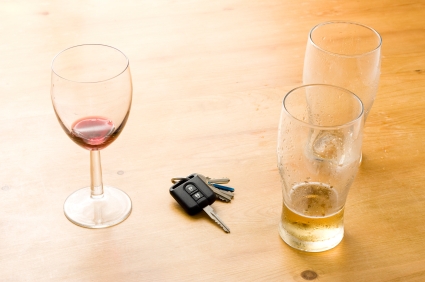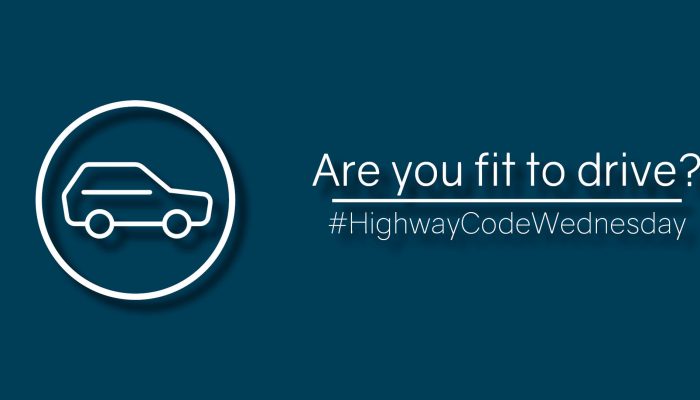
It’s that time of year again with the media covering the police drink driving campaigns up and down the country.
In 1964 the drink driving campaign began with an almost light-hearted commercial called Office Party and included what might be regarded now as a somewhat sexist tag line; “Don’t ask a man to drink and drive”. However there was still no law to govern the precise levels of alcohol permitted when driving.
It was not until 1967 that the permitted alcohol level was enshrined in law with the passing of the Road Safety Act which came into force in October that year and established the 80 mg of alcohol in 100 ml of blood limit. Older readers will recall the role of Barbara Castle, the then Minister of Transport, in the passing of the ground-breaking legislation. The roadside breathalyser bag was introduced and police and drivers alike would wait to see if the crystals changed colour when the bag was inflated.
Of course there were methods of assessing alcohol levels well before the breathalyser; for example in 1927 there as a case which I found reported in 1932 in the American Journal of Police Science where in Marlborough Police Court a Dr Gorsky had instructed a suspect to inflate a football bladder. From 2 litres of breath examined the doctor found 1.5 litres of ethanol and concluded the suspect was “50 per cent drunk”. Times were very different in the 1920s, of course, and when it comes to drink driving legislation and practice events have moved on a very long way indeed.
To avoid overloading the reader with technical information I do not propose to discuss here the many advances in breath testing that have occurred in the years since Barbara Castle’s determination to legislate British drink driving habits in the teeth of considerable opposition at the time. The statistics in terms of the reduction in road fatalities where drink has been responsible have fallen pretty steadily throughout the intervening decades and in 2012 there were 230 drink driving fatalities; a seventh of the number in 1967.
And now the law has changed in Scotland bringing the permissible limit down to 50 mg of alcohol in 100 ml of blood which really means that drivers north of the border run a considerable risk of exceeding the limit with just one drink.
The Government’s crackdown on drink driving will inevitably – and properly – continue and the messages will be hard-hitting compared to the tentative early effort back in 1964.
If you have the extreme misfortune of getting stopped for driving with excess alcohol be sure to cooperate with the police at every step of the procedure from the roadside to the police station and the testing process there.
By all means seek legal advice whilst at the police station but be aware that exercising your rights cannot delay the alcohol testing procedures; not one bit.
If you are charged with an alcohol-related driving offence you need to assess your predicament and prospects urgently; you may not have long before your court appearance and preparation is everything. Access to legal advice at this stage is highly advisable and can make the difference between retention of your driving licence or the early restoration of it and, at the other extreme, the loss of your right to drive for potentially a long time.
Michael McGhie at Newnham & Jordan Solicitors is an expert Road Traffic defence lawyer. Michael will be monitoring voicemails and contact forms over the Christmas and New Year period so if you are unlikely to be caught during the holiday period you will still be able to leave Michael a message in order that he can get back to you with any necessary legal advice for you particular situation.
This article is intended for general information purposes only and shall not be deemed to be, or constitute legal advice. Newnham & Jordan Solicitors cannot accept responsibility for any loss as a result of acts or omissions taken in respect of this article or any external articles it may refer or link to.

